
I was raised on a California coastal farm that was an actual commercial chicken farm. My grandfather housed about 20,000 laying hens and sold eggs to an early egg
wholesaler. By the time I reached my teen years many decades ago, I had raised lots of baby chicks, gathered thousands of eggs and thought I knew all there was to know about chickens. Turns out, and the truth is, I’m still learning about chickens, eggs, and other poultry.
For this article, I’ve decided to take on some of the facts I’ve accumulated and will try to put them forward. Before I do so, I must give a bit of a disclaimer. As most will agree when talking species, there are always exceptions to the rule and some disagreements may result. Anyway, here goes!
JUST THE FACTS
Just to get things started, we should start with some basic terminology. You can fact-check this if you want, but this is outside the realm of argument. Baby chickens are called chicks. They grow into either cockerels or pullets. Cockerels turn into roosters at maturity, and pullets become hens.
However, exactly when a pullet becomes a hen could be up for debate. A “started” pullet means they no longer need a brooder light for warmth but have not laid their first egg. In some parts of the country, pullets remain pullets until they lay their first egg, but others say a pullet is a pullet for a full year.
Diese Geschichte stammt aus der March - April 2024-Ausgabe von Hobby Farms.
Starten Sie Ihre 7-tägige kostenlose Testversion von Magzter GOLD, um auf Tausende kuratierte Premium-Storys sowie über 8.000 Zeitschriften und Zeitungen zuzugreifen.
Bereits Abonnent ? Anmelden
Diese Geschichte stammt aus der March - April 2024-Ausgabe von Hobby Farms.
Starten Sie Ihre 7-tägige kostenlose Testversion von Magzter GOLD, um auf Tausende kuratierte Premium-Storys sowie über 8.000 Zeitschriften und Zeitungen zuzugreifen.
Bereits Abonnent? Anmelden
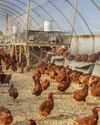
Making Bucks from Clucks
These five reasons might be why you're losing money on your chickens.

Soil Testing
Whether you are new to farming altogether or you are leasing your farmland to a producer who is unfamiliar with the practice, becoming knowledgeable about the acts of soil testing and them applying recommended soil amendments based on soil test results provides tremendous advantages to the soil, plants, and your pocketbook.

Small-But-Mighty Hot Peppers
You don’t have to have a lot of garden space or an especially long growing season to succeed with hot peppers.
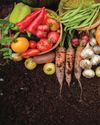
French Intensive Gardening
This permaculture system relies on soil improvement, raised beds, close spacing, companion planting, succession planting and crop rotation. Oui, oui!
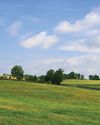
FORAGE FOR FOWL
Consider these three cool-season forages as you plant your pasture with free-range poultry in mind.
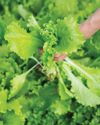
Cut-And-Come Lettuce
Maximize your profits while minimizing time to grow and seed costs with this easy cut-and-come approach to growing lettuce salad mix.
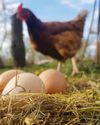
Laying AN EGG
Maintaining correct male-to-female ratios and keeping flocks of younger breeding fowl will help ensure higher fertility and hatching rates.

20 COOP CONSIDERATIONS
Keep these 20 things in mind when designing a home for your chickens.
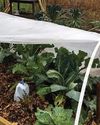
Get LOW in Spring
There comes a time when we all just want to start planting in our gardens again, and a low tunnel provides an earlier-is-better option.
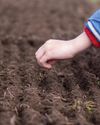
Seed-Starting Soil Temps
Don't miss out on growing time by focusing only on the air temperature.
